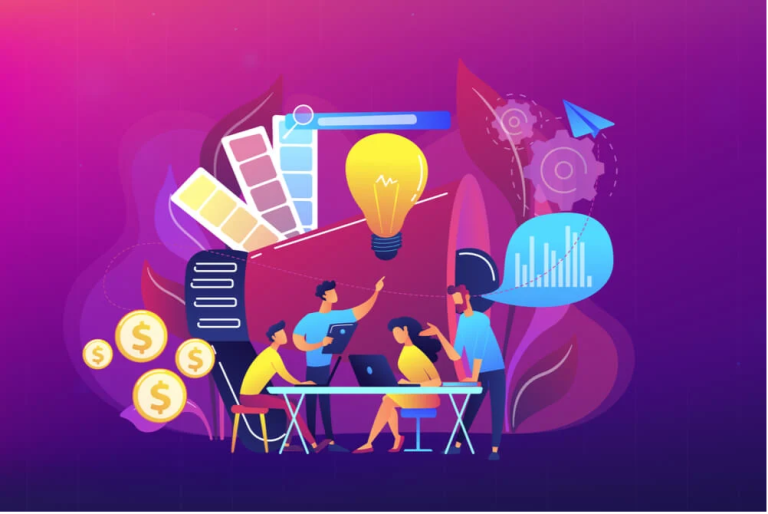Empower Leaders Through Continuous Development

Leadership development is crucial for the success of any organization. It involves creating and cultivating the skills, knowledge, and abilities of current and future leaders to ensure they are prepared to effectively lead their teams. Leadership development can be achieved through various methods such as training, coaching, mentoring, networking, and experiential learning activities. Investing in leadership development helps ensure that leaders have the necessary tools to make informed decisions that benefit both the organization and its employees. This article will explore how organizations can use leadership development activities to create a successful team environment.
Leadership development is the process of improving and developing the skills, knowledge, and abilities of individuals to become successful leaders. It involves understanding what it means to be a leader, recognizing one’s strengths and weaknesses, setting goals and objectives for success, and establishing strategies for achieving those goals. The foundation of the leadership development platform starts with self-awareness.
Self-awareness is essential to become an effective leader. Leaders must understand their own values, attitudes, motivations, beliefs, and behaviours to effectively influence others. They must also be aware of how they interact with other people in different situations to develop strong relationships that will ultimately lead to success. Self-awareness can be developed through reflection on past experiences or by taking advantage of external resources such as courses or coaching sessions that help promote self-reflection.
The second step in leadership development is setting goals and objectives for success. Goals should be specific yet achievable and should also reflect the organization’s mission statement while taking into account individual strengths and weaknesses. Objectives provide direction on how these goals can best be achieved by outlining tasks that need to be completed within a specific timeframe or budget constraints.
Team building is essential for any organization that wants to succeed. Teams need to have a clear understanding of their roles and responsibilities, open communication between team members, and strategies for resolving conflicts. By following these guidelines, teams can become more effective at collaboration.
The first step in building an effective team is to identify the roles and responsibilities of each member. Team members should be aware of their duties as well as how they fit into the overall goals of the team. This will help ensure that everyone knows what is expected of them and how they can best contribute to the success of the group. In addition, assigning tasks based on individual strengths can help maximize efficiency and productivity within the group.

Open communication among team members is essential for successful collaboration. Allowing everyone to share ideas freely without fear or criticism creates an environment where innovative solutions are encouraged instead of discouraged or ignored due to a lack of confidence or intimidation from other members in the group setting. Additionally, regular check-ins with each other about progress towards goals help maintain momentum and enthusiasm towards achieving shared objectives within a timeline agreed upon by the team.
Problem-solving is an essential skill that can help us in any area of life. Whether at home, work, or school, problem-solving allows us to come up with creative solutions and make effective decisions. Enhancing our problem-solving skills can help us become more productive and successful.
Before attempting to solve a problem, it’s important to take the time to accurately define the issue. Ask yourself questions such as “What is the root cause of this issue?” and “What resources and people do I need to address this?” Taking the time to identify all aspects of a problem will help you craft an effective solution later on.
Once you have a clear understanding of the problem at hand, it’s time to brainstorm potential solutions. Try not to limit your ideas by thinking inside the box; instead, think outside of conventional solutions and come up with creative ideas that may surprise you! Brainstorming with others can also be helpful as different perspectives can open new avenues for thought.
For more information visit: Mind My Feed






